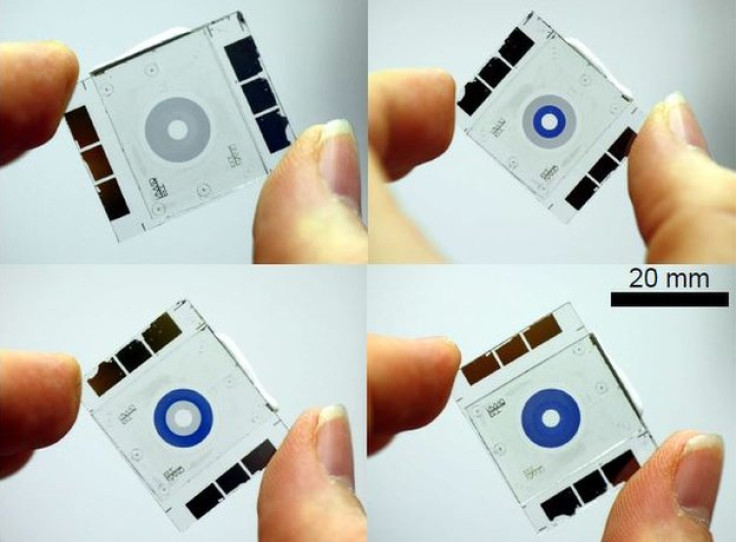'Human Eye' Lens Developed for Smartphone Cameras

An electro-chemical iris component modelled after the human eye has been developed for smartphone cameras by a group of researchers in Germany.
The "smart-glass" material is the equivalent to the mechanical blades that are currently found in cameras, however takes up significantly less space and has a much lower power consumption rate.
As a result, it is hoped that the device could inspire the next generation of cameras for smartphones and other portable consumer electronics.
The findings of the scientists from the University of Kaiserslautern are published in the Journal of Optics today.
'Tiny camera systems'
The chemical design of the iris - just 55 micrometres thick - uses rings that transform from transparent to opaque when a voltage is applied.
The electrochemic iris can then be used to control transmitted light by adjusting the aperture and, as a result, the depth of focus.
"There is currently no technological solution available that meets all the demands of integrated iris apertures in smartphones," said Tobias Deutschmann, lead author of the study. "Many of the proposed devices require the motion of a strong absorbing material to block the path of the light.
"Electrochromic materials, as used in this study, remain stationary whilst they change their absorption. This allows for much smaller casings to fit around the device and thus enables the integration into tiny camera systems."
Deutschmann and his team plan to further investigate the potential of this material with the hope of improving the depth of focus and optical contrast in order to meet the requirements of the smartphone industry.
© Copyright IBTimes 2024. All rights reserved.









